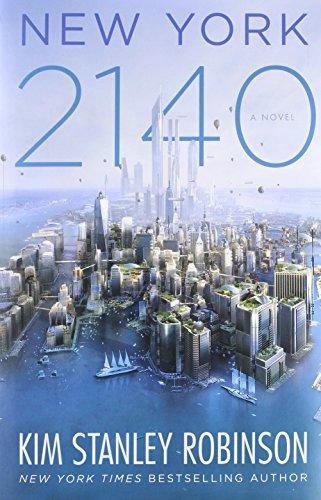Sally Strange reviewed New York 2140 by Kim Stanley Robinson
Science fiction tech; fantasy politics
4 stars
I enjoyed the book because of the detailed descriptions of New York City and the plausible future technologies involved in maintaining living spaces in the drowned zones, the "Intertidal" areas of coastal cities submerged beneath 60 ft of sea level rise.
The stories of the individuals living in The Met, a commune grown up in a skyscraper whose basement and lower floors are now permanently submerged, was perfectly fine. There were a lot of characters to keep track of, but compared to the Mars trilogy, I'd say Robinson restrained himself there.
He did NOT restrain himself when it comes to political views lol. He even has a chapter where it's just him talking to the reader like "If you want to skip my lecturing, go ahead and read the fun stories. Also fuck you if you want a happy ending." But then he goes and gives us a pretty happy …
I enjoyed the book because of the detailed descriptions of New York City and the plausible future technologies involved in maintaining living spaces in the drowned zones, the "Intertidal" areas of coastal cities submerged beneath 60 ft of sea level rise.
The stories of the individuals living in The Met, a commune grown up in a skyscraper whose basement and lower floors are now permanently submerged, was perfectly fine. There were a lot of characters to keep track of, but compared to the Mars trilogy, I'd say Robinson restrained himself there.
He did NOT restrain himself when it comes to political views lol. He even has a chapter where it's just him talking to the reader like "If you want to skip my lecturing, go ahead and read the fun stories. Also fuck you if you want a happy ending." But then he goes and gives us a pretty happy ending.
The politics? Well, they seem like a blast from the 1990s or maybe early 2000s at this point. It's just not plausible that the USA still has a functioning government in 2140 and, OMG, the NOAA gets several mentions. So that kinda took me out of the story.
Still, fun was had.


